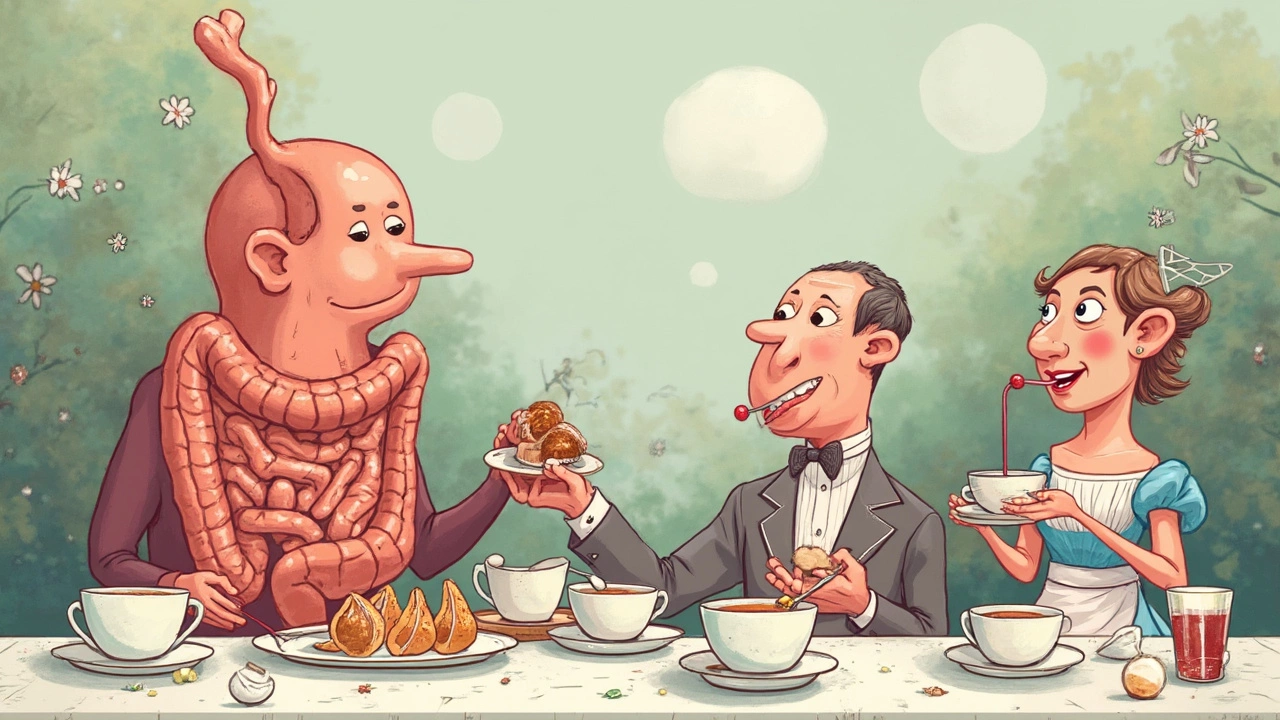
Alright, let's get real for a moment. You've ditched gluten, hoping for some health magic, but what you didn't expect was that your bathroom routine started getting weird. There's a good chance your poop might not look or feel the same anymore, and that's actually quite common.
When you eliminate gluten from your diet, especially if there's been an issue with gluten sensitivity or intolerance, your digestive system begins to heal and reset. It can mean fewer mad dashes to the loo, less bloating, and even a change in the frequency or form of your bowel movements. Weird or wonderful? Maybe a bit of both, but definitely healthier.
- Understanding Gluten and Digestion
- Immediate Changes in Your Poop
- Long-Term Effects of Going Gluten-Free
- Tips for a Smooth Transition
- Balancing Your Diet Post-Gluten
- Gluten-Free Cake Picks
Understanding Gluten and Digestion
So, what's the deal with gluten? It's a protein found in grains like wheat, barley, and rye. When you chow down on foods containing gluten, like bread or pasta, your body needs to break it down. But for some folks, this protein can be a real headache, especially for those with celiac disease or a sensitivity.
Imagine your gut as a cozy little workshop. Normally, it tackles its tasks pretty efficiently, but throw some gluten into the mix, and it can mess things up for those sensitive or intolerant. Their immune system might attack the gut's lining, leading to inflammation, discomfort, and yep, some pretty uncomfortable trips to the bathroom.
Here's a simple breakdown of what happens:
- Gluten enters the stomach, starting its digestive journey.
- In sensitive individuals, the immune system freaks out, misidentifying gluten as harmful.
- This reaction might cause the damage of the intestine's lining, creating issues like diarrhea or constipation.
Interestingly, removing gluten from a diet can help heal the gut lining. It might take a while, but often, people notice relief from their symptoms fairly soon. Need a visual? Check this out:
| Time After Going Gluten-Free | Potential Changes in Digestion |
|---|---|
| 1 week | Less bloating, reduced inflammation |
| 1 month | Improved bowel movements, decreased pain |
| 6 months | Possible complete gut healing for some |
Being informed is key to navigating a gluten-free lifestyle. You'll get the hang of choosing the right foods and understanding the impact on your digestion, ultimately leading to a happier tummy!
Immediate Changes in Your Poop
So, you've started your gluten-free diet, maybe munching on some gluten-free cakes, and suddenly your bathroom visits have taken a new turn. This isn’t unusual, and your digestive system is probably just trying to get its act together minus the gluten. Here’s what to expect.
First off, the most common change is the reduction in bloating and bowel urgency. You might notice your belly feels a lot lighter and less like a balloon after meals. This is because gluten can cause inflammation in sensitive guts, and without it, everything just runs a bit smoother.
The stool itself might change too. Expect it to become more consistent in shape, and perhaps, dare we say, easier to pass. As your gut lining starts to heal from any previous gluten damage, you'll likely find yourself peeing less out of your bum, if you know what I mean.
"Going gluten-free can often lead to a more regular bowel movement schedule, as the gut inflammation caused by gluten subsides." - Dr. Mia Taylor, Nutrition Expert
Initially, some folks might experience a slight increase in flatulence. This happens when your system is adjusting to the new types of fiber and other ingredients found in gluten-free products. However, it usually settles down within a couple of weeks.
- If you notice less bloating: Congratulations, your digestive tract is already showing signs that it’s happy.
- If it's easier to pass your stool: That's your body saying thanks for playing nice.
- If you experience temporary gas: Hang tight, it’s just your gut figuring out its new groove.
Remember, every body is different. Some people notice changes quickly, while it can take others a little longer. The key is to stay observant and give your body some time to adjust to this healthier, gluten-free vibe.
Long-Term Effects of Going Gluten-Free
Embarking on a gluten-free diet isn’t just a quick fix; it can totally shift how your digestive system functions in the long haul. First off, say goodbye to the regular bloat. With gluten out of the picture, your gut isn’t wrestling with a problematic protein, which often means a smoother digestive process overall.
For many, long-term benefits include more energy and less fatigue. Without the stress of gluten, your body might better absorb nutrients, leading you to feel more vibrant. Plus, if you’ve been dealing with regular bathroom issues, those frantic runs might gradually become a thing of the past.
Disease risk measures often improve too. Some folks find that inflammation markers drop, potentially lowering risks for certain autoimmune issues. This can mean fewer flare-ups if you’re dealing with something like celiac disease.
But, of course, the journey isn’t without its challenges. Cutting out gluten completely can lead to deficiencies if you don’t play it smart. Vitamin B and iron are common areas of concern, so it’s wise to make sure your diet remains balanced. Think about mixing in plenty of whole foods, including fruits, veggies, and gluten-free cakes that pack a nutrient punch.
| Nutrient Concern | How to Combat |
|---|---|
| Iron | Incorporate lentils, spinach, and fortified cereals |
| Vitamin B | Focus on beans, fish, and fortified soy products |
Maintaining a varied diet while staying gluten-free can keep you feeling your best—just keep tabs on how your body’s feeling and adjust your meal choices if needed. And don’t forget, enjoying a slice of a truly scrumptious gluten-free cake is not only doable but a delightful part of living your best gluten-free life.

Tips for a Smooth Transition
Switching to a gluten-free diet can seem daunting, but trust me, it doesn't have to be a bumpy ride. Whether you're doing it for health reasons or just exploring new food horizons, a few simple tricks can make your transition smoother. Here’s how you can make it happen without feeling like you’re missing out.
First, start by swapping out your staples. Think breads, pastas, and cereals—go for the gluten-free versions. There's a whole world of amazing gluten-free cakes and other treats waiting for you. And don’t forget, rice and potatoes are your new best friends. Check labels diligently; gluten can be sneaky and pop up in places you wouldn't expect, like sauces or even some spices.
Here's a quick checklist to help you navigate those grocery aisles like a pro:
- Look for the certified gluten-free label—it's your green light.
- Explore new grains like quinoa, millet, and buckwheat. They’re naturally gluten-free and super versatile.
- Snacking? There are delicious gluten-free crackers, chips, and even cookies available nowadays.
Planning ahead is another game-changer. Meal prep a few gluten-free meals a week, and you'll save time and stress. Plus, you ensure you have tasty options at home, reducing the urge to reach for anything with gluten.
Consider joining online communities or local support groups. Sharing your experiences and getting tips from others who are living gluten-free is invaluable. Plus, you might get some fantastic new recipes for those gluten-free cakes that you’ve been eyeing.
And if you're ever confused, a registered dietitian specializing in gluten-free eating can help customize a plan that suits your lifestyle and needs perfectly. Navigating this change can seem challenging, but with these steps, you’re setting yourself up for a happy, healthy gluten-free journey.
Balancing Your Diet Post-Gluten
Going gluten-free might make your gut happier, but what now? You'll want to make sure you're not missing out on essential nutrients that gluten-containing foods used to provide. Bread and pasta, say goodbye. But hello to a larger variety of foods that might just surprise you with how satisfying they can be.
First things first, focus on naturally gluten-free grains. Rice, quinoa, and millet aren't just replacements but can be the stars of your meals. They’re rich in fiber, which is great for digestion, especially when adjusting after going gluten-free.
Protein clout comes from a mix of meat, seafood, dairy, and plant-based sources like lentils and chickpeas. These help keep your energy up and muscles strong. Remember, balance is key, and loading up on a diverse range of protein sources keeps things interesting.
Your fruits and veggies are more than just side dishes; they're packed with essential vitamins and minerals. Brighten up your plate with a rainbow of options—think leafy greens, berries, and sweet potatoes. This way, you won't feel like you're missing out when you skip the bread basket.
For those tasty sweet endings, swap standard flour in your cakes with almond or coconut flour. It might take a bit of experimentation, but nailing that perfect gluten-free cake could be an adventure worth taking. Plus, it's a great excuse to eat more cake!
- Pick whole, unprocessed foods whenever possible.
- Incorporate a wide variety of fruits and vegetables.
- Experiment with new recipes to keep your meals exciting.
If you’re concerned about adequate vitamin intake, particularly B vitamins and iron, you might want to consider a daily multivitamin after chatting with your healthcare provider.
This lifestyle change doesn't mean restriction; it's an expansion into exploring foods you might never have tried before. Enjoy the journey!
Gluten-Free Cake Picks
Getting a sweet treat shouldn't be off the table just because you're living that gluten-free life. There are loads of scrumptious gluten-free cakes out there that satisfy those dessert cravings without the gluten hassle. Let's dive into some popular picks you might want to try.
Picture a gluten-free chocolate cake—rich, indulgent, and oh-so-chocolatey. Brands like Simple Mills and King Arthur Baking offer versions that are dense and moist. They use almond flour and a bit of magic to make cakes that wouldn't make you miss gluten for a second.
If you're a fruity cake fan, you might fall in love with a gluten-free lemon drizzle cake. It's a classic with a twist and often uses almond flour or polenta. The zingy lemon glaze is the perfect touch to a sunny afternoon treat.
In the mood for something fancier? A layered vanilla bean and raspberry cake might be up your alley. A common choice for weddings or special occasions, this cake can be made using gluten-free flour blends that maintain the light and fluffy texture we all love.
For those days when you're feeling crafty, homemade might be the way to go. Grab a bag of gluten-free all-purpose flour, and look for recipes that call for it directly. A handy tip: add a bit of extra moisture—think applesauce or yogurt—since gluten-free baking can sometimes dry things out a bit.
Here's a fun fact: The demand for gluten-free products has been climbing, with a 20% increase in sales over the past year. People are really catching on that you can enjoy these without missing out on flavor.
Whichever cake tickles your fancy, remember to check the labels for anything suspiciously gluteny. Manufacturers are getting the hang of it, but sometimes things slip through. You're just a bite away from dessert bliss!



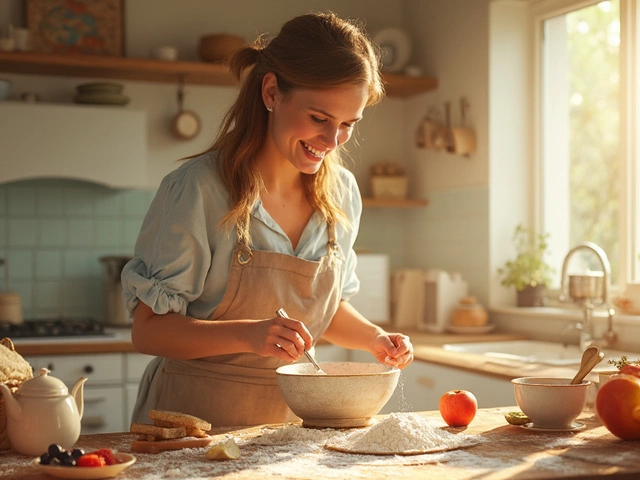
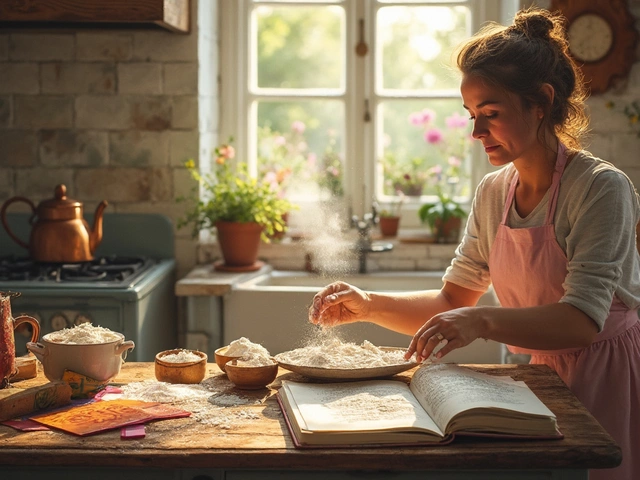
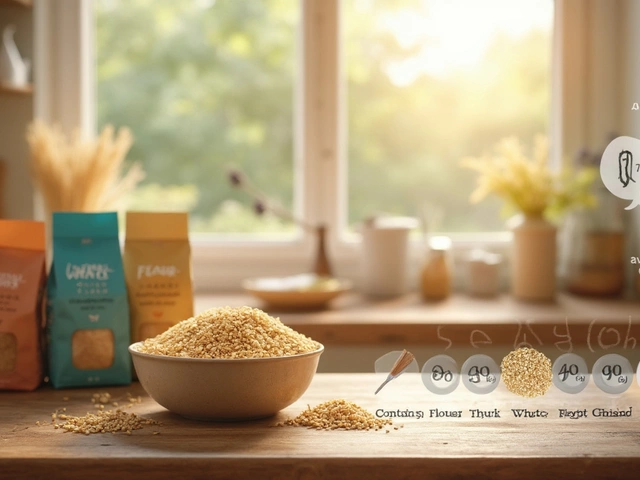
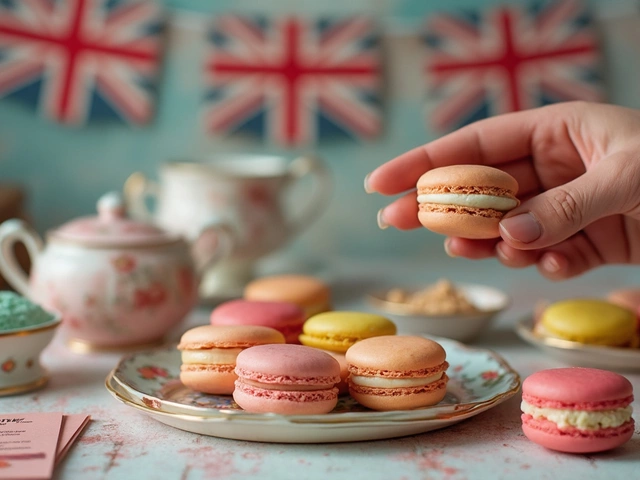
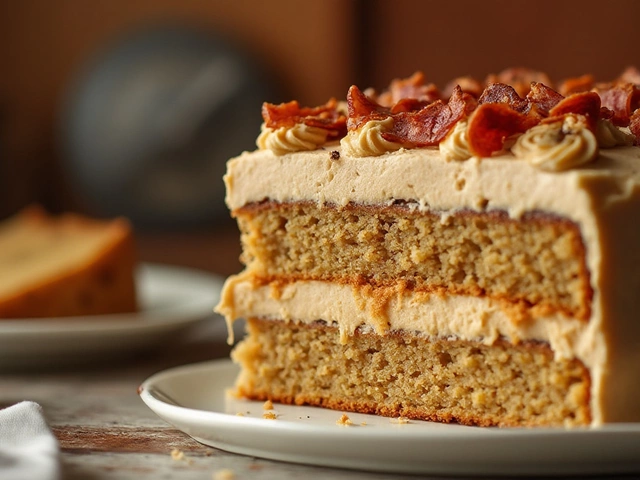
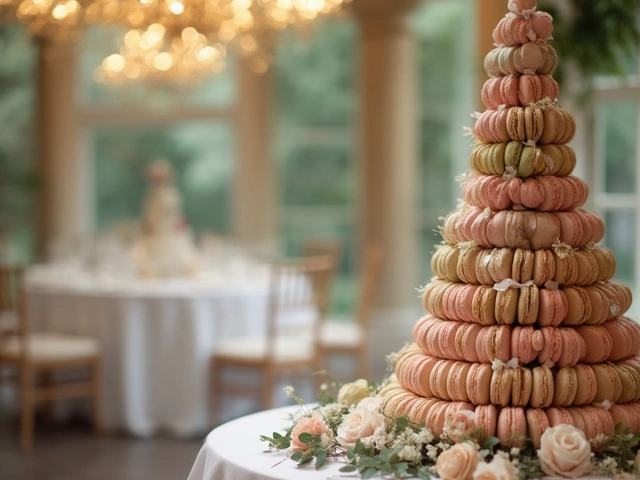
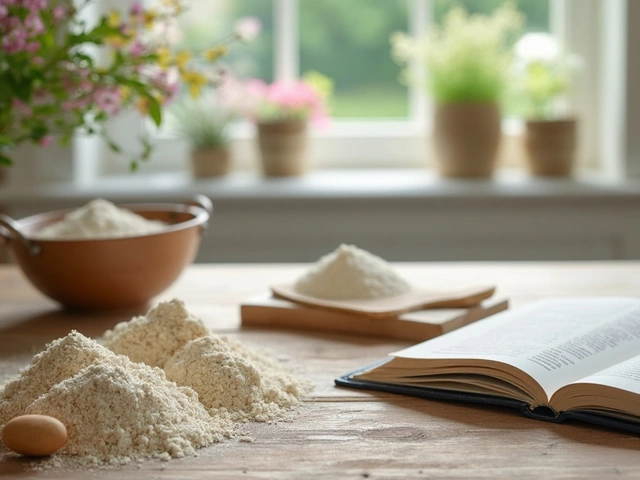
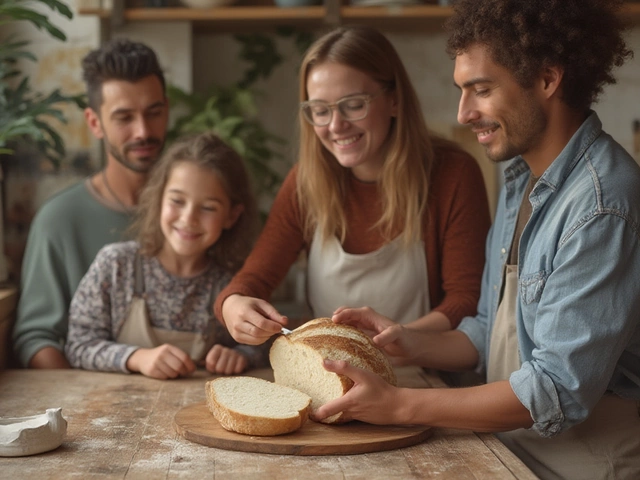
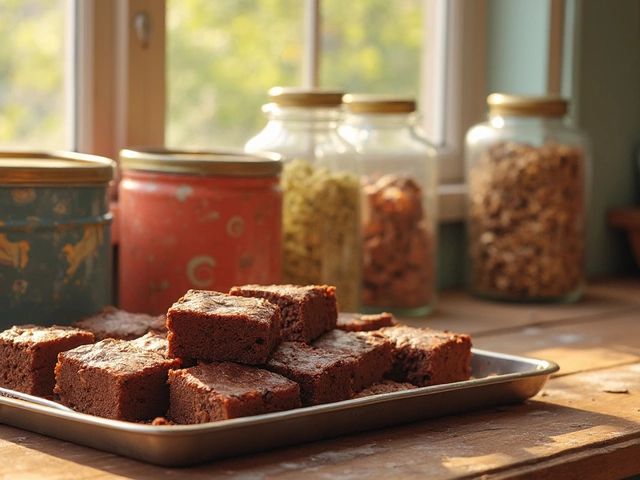
Write a comment